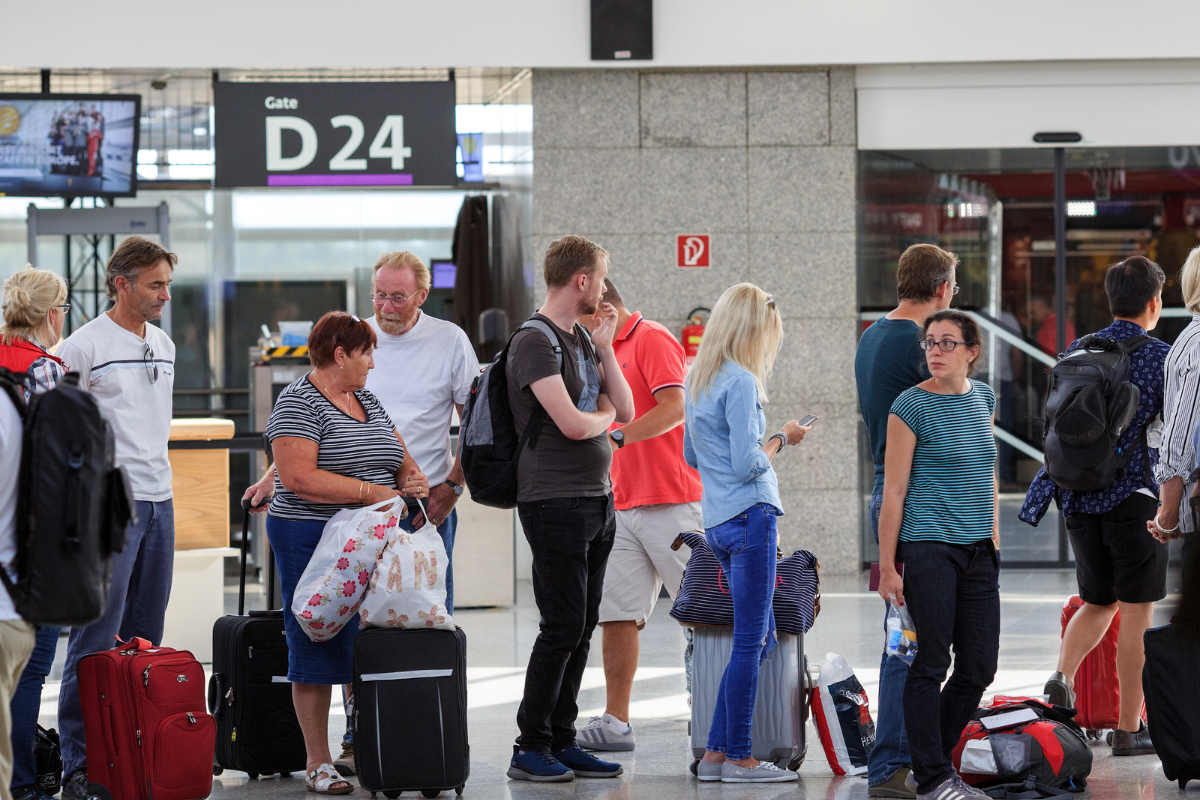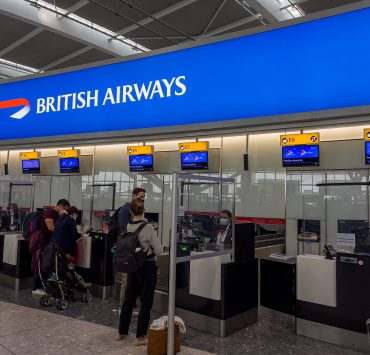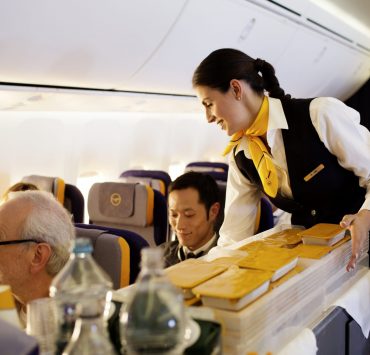
It’s perhaps of little surprise that on-time performance is one of the most important drivers of customer satisfaction among airline passengers… after all, nobody wants to waste their precious time waiting around for a delayed flight.
But one of the methods that an increasing number of airlines are using to improve on-time performance (or OTP for short) could actually be denting customer satisfaction, becoming an irksome practice that leaves passengers frustrated and annoyed.
That method is, of course, ‘boarding, not boarding’, the practice of lining up passengers on the airbridge to board even though the cabin crew aren’t ready and the plane hasn’t even been cleaned or recatered yet.
There is, however, some method to this madness. Airlines that consistently practice ‘boarding, not boarding’ have some of the best OTP stats in the world.
Take Spanish flag carrier Iberia as a prime example. In January, the airline operated more than 87% of its flights on time (measured by flights that arrive within 15 minutes of their scheduled arrival time), and in 2023, Iberia was the fifth most punctual airline in the world.
Iberia is renowned for its practice of ‘boarding, not boarding’, and so is Qatar Airways, which often opens flights for boarding more than two hours before departure. At its hub in Doha, the airline has a habit of holding passengers in gate rooms, but it’s a practice which seems to work.
According to aviation data analysts Cirium, Qatar Airways was the third most punctual airline in the world in 2023 and the second most punctual in January 2024.
Of course, boarding passengers is just one small cog in a much bigger machine to get a plane away on time, but it’s an element that airlines can control.
There’s also an element of blame culture involved here. With so many cogs or departments responsible for getting a plane away on time, no individual department wants to take the flak for being responsible for delaying a flight.
Even though the gate team know that the plane might not be ready to board yet, they don’t want to take the ‘delay’, so they start boarding according to the set schedule.
That leaves passengers standing around in a jetty, which is probably too cold or too hot depending on the season, with no communication and no idea of how long it will take before the line starts moving.
It’s a frustrating process meant to drive customer satisfaction by improving OTP, but it could be having the opposite effect.
One way around the ‘boarding, not boarding’ dilemma could be to embrace dynamic precision timing, starting the boarding process at a time set to coincide with the completion of aircraft cleaning, etc.
The idea is to have passengers arrive at the aircraft just when it is ready to board with not a second wasted. The reality is that precision timing slips, and you’re once again left with ‘boarding, not boarding’.
It’s a frustrating new addition to the aircraft boarding process but while airlines are embracing it as a method to improve OTP, they should also be looking to keep ‘boarding, not boardng’ delays to a minimum, realising the negative impact this can also have on customer satisfaction.
Mateusz Maszczynski honed his skills as an international flight attendant at the most prominent airline in the Middle East and has been flying throughout the COVID-19 pandemic for a well-known European airline. Matt is passionate about the aviation industry and has become an expert in passenger experience and human-centric stories. Always keeping an ear close to the ground, Matt's industry insights, analysis and news coverage is frequently relied upon by some of the biggest names in journalism.










I will note that the two airlines you listed also have other factors that could be in play, namely weather conditions in their main hub being conducive to on-time operations. Similar to how Hawaiian airlines is always on-time.